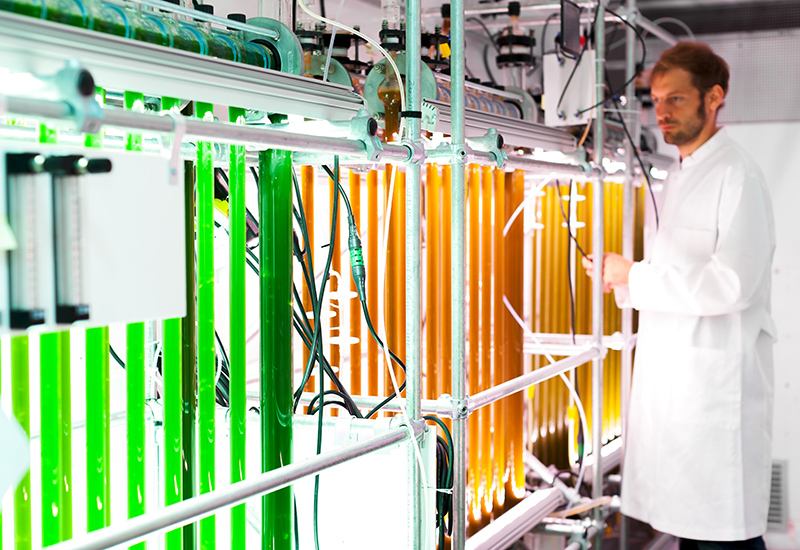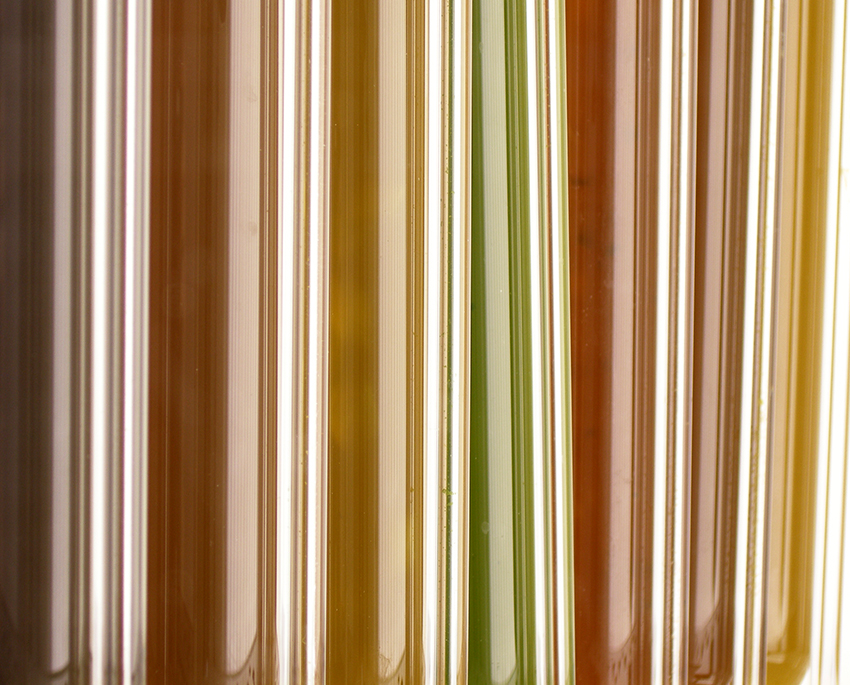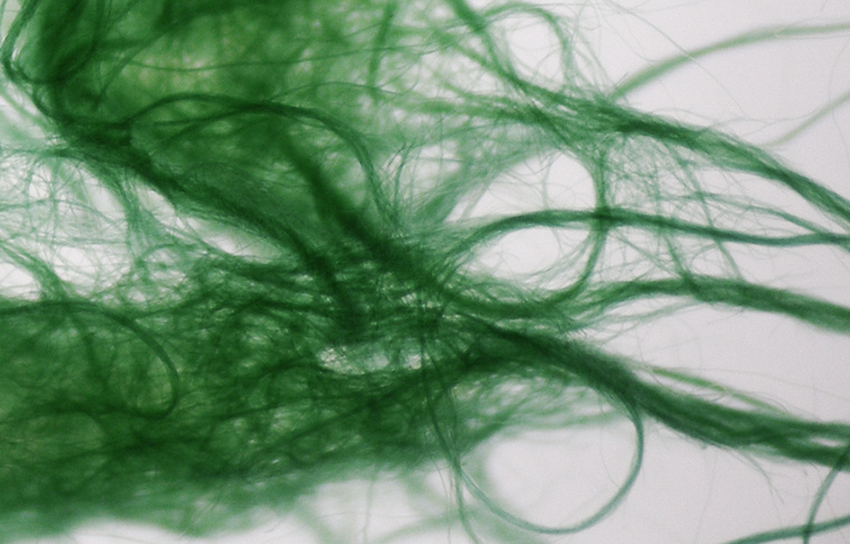CCCryo, which is perhaps the most unique strain collection in terms of scope and diversity, offers the basis for using cryophilic (= cold-loving) freshwater microalgae – snow and permafrost algae – in an industrial context.
Cryophilic algae are exposed to a variety of extreme stress factors in their natural habitats. First and foremost, these include low temperatures, intense light and UV radiation, dehydration and greatly varying nutrient availability and salt content. The goal is to take the isolates collected from polar expeditions and thus their developed special enzymes and metabolites for use in industrial applications.
To this end, suitable photobioreactors for the sterile mass cultivation of autotrophic organisms as well as the relevant processes are being developed for bioproduction on an industrial scale.
Services:
- creening of the CCCryo strains for customer-specific substances. More information on strain details and ordering information at www.cccryo.fraunhofer.de
- Bioprospecting for suitable organisms for special applications
- Development of production processes
- Production of raw mass according to SOPs, including high-purity with microbiological quality control in compliance with ISO standards
 Fraunhofer Institute for Cell Therapy and Immunology, Branch Bioanalytics and Bioprocesses IZI-BB
Fraunhofer Institute for Cell Therapy and Immunology, Branch Bioanalytics and Bioprocesses IZI-BB

